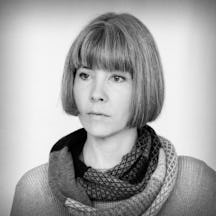Criminologist and writer Laura Bui had an innate understanding of violence from an early age. In this first essay in her new series, she outlines the definition of violence, its wider consequences, and asks why we appear to crave a media diet of violent stories.
What is violence?
Words by Laura Buiartwork by Jessa Fairbrotheraverage reading time 6 minutes
- Serial
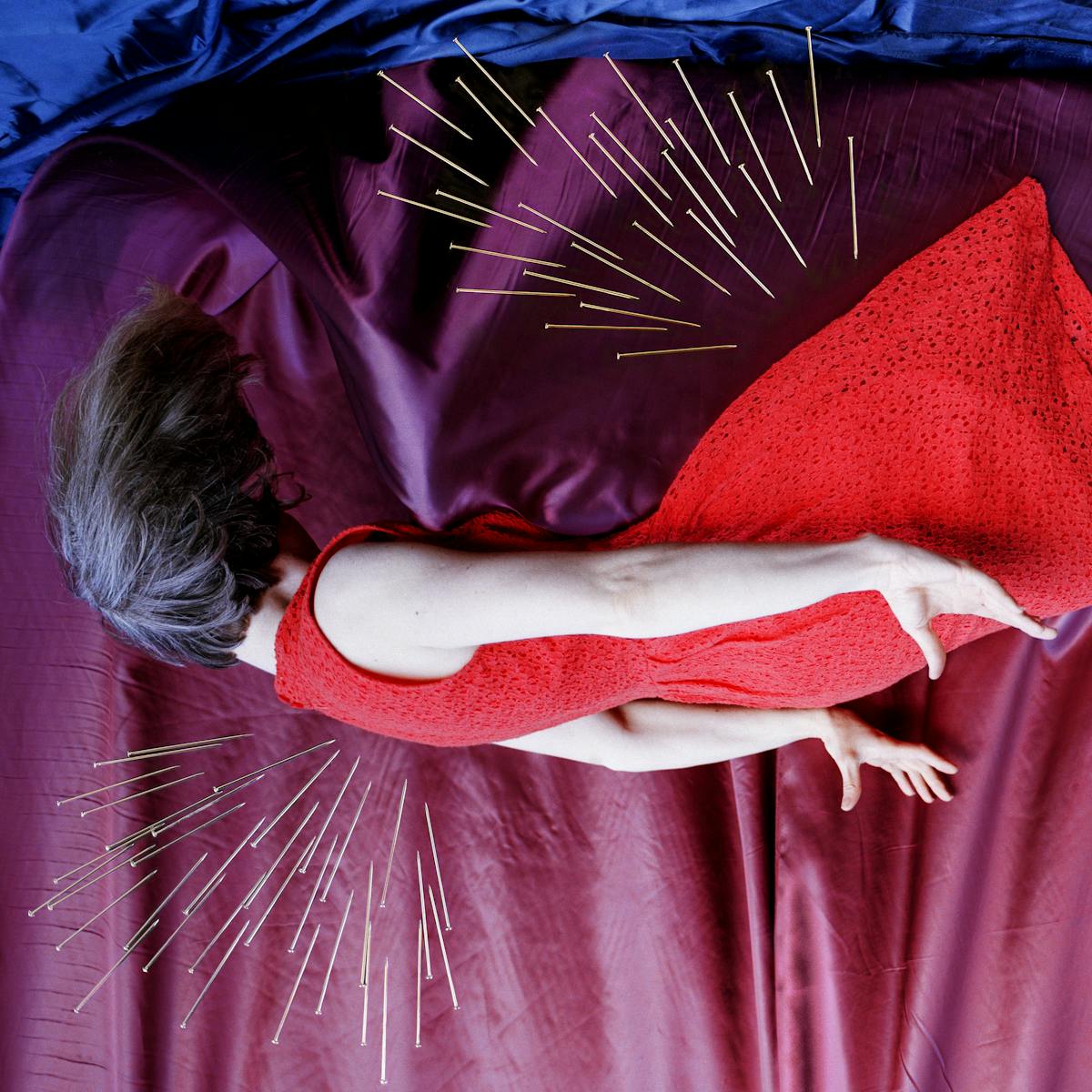
When I was in high school, the evening news reported that a man had shot and killed a teenager who had stolen a plastic Halloween decoration from his front lawn. Without knowing much else about the incident at the time, I felt sympathy towards the man.
My classmates, when I mentioned this news, were baffled by the man’s lack of self-control and disregard for human life – it was only a decoration, they said, why use violence over something so trivial? He could easily buy a new one.
I didn’t know how to exactly describe what I thought informed my classmates’ reactions then, but it was likely to do with them living in big houses in neighbourhoods where it was safe to walk, free from abuse, victimisation and fear. I also didn’t have the precision of thought and language to describe what informed my sympathy, but it had to do with the opposite.
I imagined a man who lived in an area like mine, and who, in defiance of enduring humiliations, made his best effort to celebrate by propping a plastic decoration in his yard. But when it was stolen, it reminded him again that he was actually trivial, and it prompted him to recall many aspects of himself that had already been taken away – his pride, his dignity, his confidence – and he snapped.
To my classmates, the violence began and ended at the moment of the shooting; to me, the violence began long before.
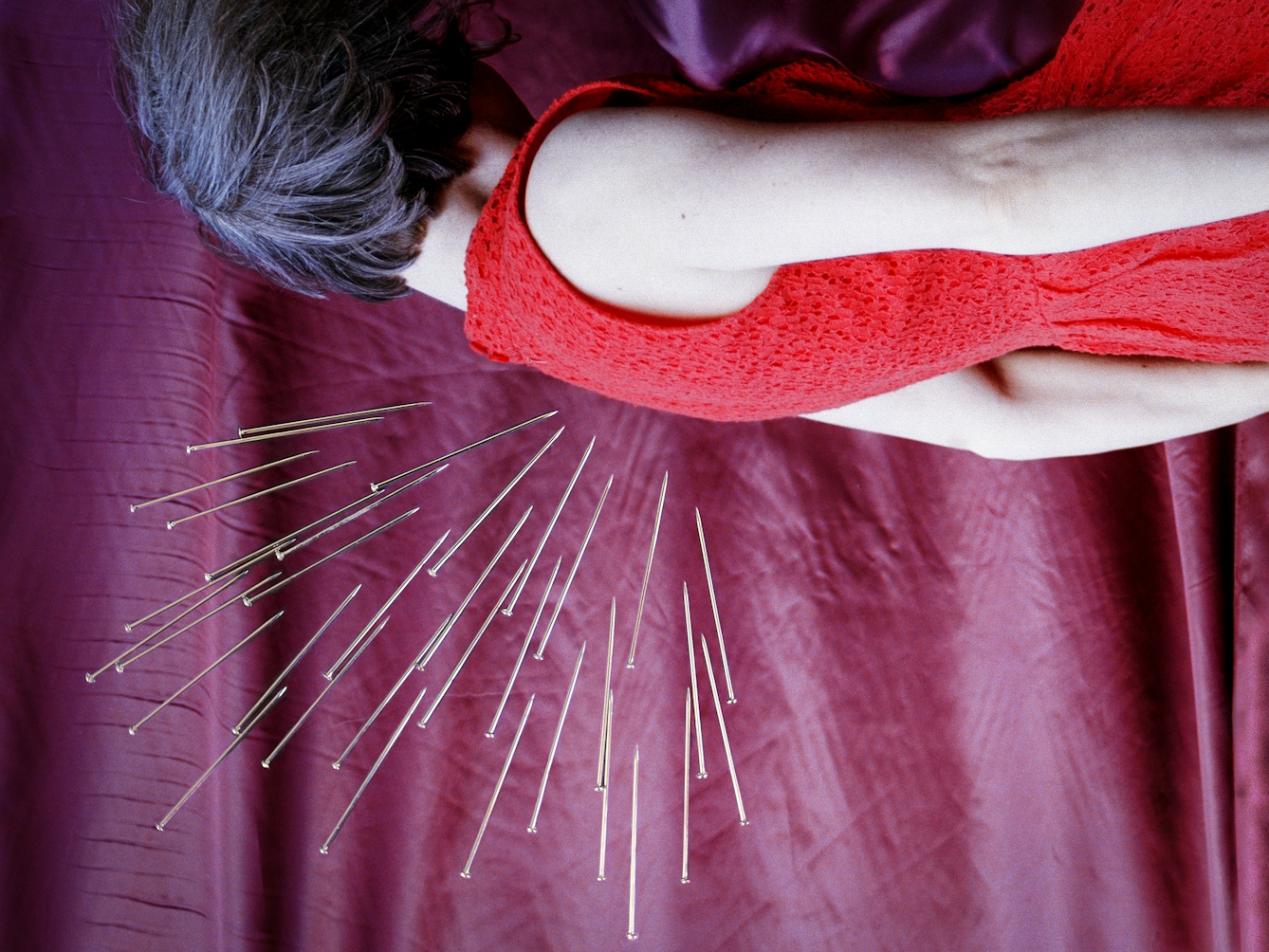
“To my classmates, the violence began and ended at the moment of the shooting; to me, the violence began long before.”
Race and internalised violence
In actuality, what was documented online depicted how this tragedy ruined the lives of two families. Reports never went into detail like my imagination had. What prompted the culprit to confront the teen and his friends in their car with a loaded gun was unclear. But the way my mind wandered upon hearing that initial snippet of news revealed how I had understood violence – except I didn’t know how to explain it.
A decade later, I found myself researching violence. My early years saw me focused on youth violence and offending, specifically in Japan. Recently, I had been preparing to embark on some new research, one that looked at violence as multidimensional and as a force that can be passed down through generations. But then Covid-19 hit.
During that first wave of the pandemic, we were confronted with old problems yet again: black people killed by police; those of East and Southeast Asian descent attacked by strangers; women and children abused in their homes.
I read ‘Minor Feelings’ by the poet Cathy Park Hong. This book of essays reflects on the negative feelings peculiar to those who are racialised as Asian in America, and explores being perceived as inconsequential, invisible and lacking – a dominant, socially constructed narrative about Asian Americans.
Although the category ‘Asian American’ has its own representational problems, and is broad enough to risk becoming meaningless, Hong manages to traverse through and describe the psychology of having this identity surprisingly well. So well that, often, I had to take long breaks from reading to calm my racing heart.
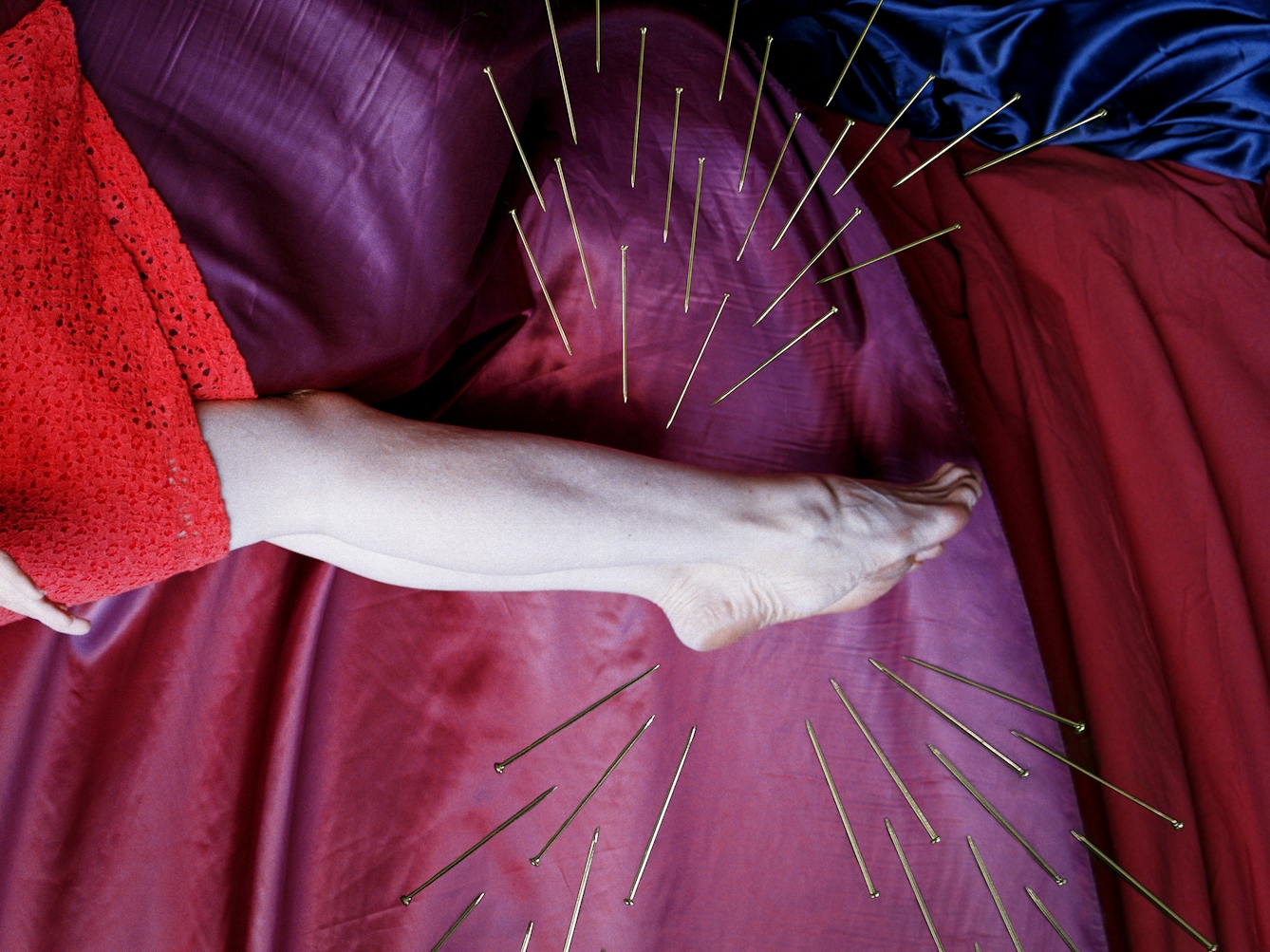
“Often violence is thought to be limited to the physical, but how about neglecting to meet safety regulations? The fear of walking alone through city streets?”
What most struck me most when reading was the violence that was replete throughout: the 1992 Los Angeles riots that erupted in poor areas after the acquittal of police officers caught on camera severely beating Rodney King, whereby 63 people were killed and over 2,000 were injured; David Dao, the Vietnamese American doctor who was yanked off a United Airlines plane so aggressively that he suffered a broken nose and teeth and a concussion; Hong’s dad climbing out of their car when she was eight to chase after a girl who had earlier kicked down her grandmother in the neighbourhood where they were the lone Asian family.
Through a blend of memoir and analysis of social history and culture, Hong was able to articulate the cause and consequence of such lived experience: violence leading to more violence. In Hong’s case, however, she had unknowingly internalised that violence. No wonder the opening essay began with the onset of poor mental health: depression commenced life as an imaginary tic in Hong’s eyelid, indicative of deeply rooted and unacknowledged individual and collective memory.
A spectrum of violence
Reading ‘Minor Feelings’ returned me to that shooting over the stolen plastic Halloween decoration. My imagination of it suggested I personally knew violence, but not of an obvious kind. Homicide is a familiar type of violence and is often used as a measure of violence globally, as it is not prone to underreporting (“It’s hard to hide a dead body,” the logic goes).
Scholarly research enabled me to hone my understanding of it, and works like ‘Minor Feelings’ provided vividness and testament that we have more in common than differences.
The most prevalent, insidious forms of violence are those that cannot be seen.
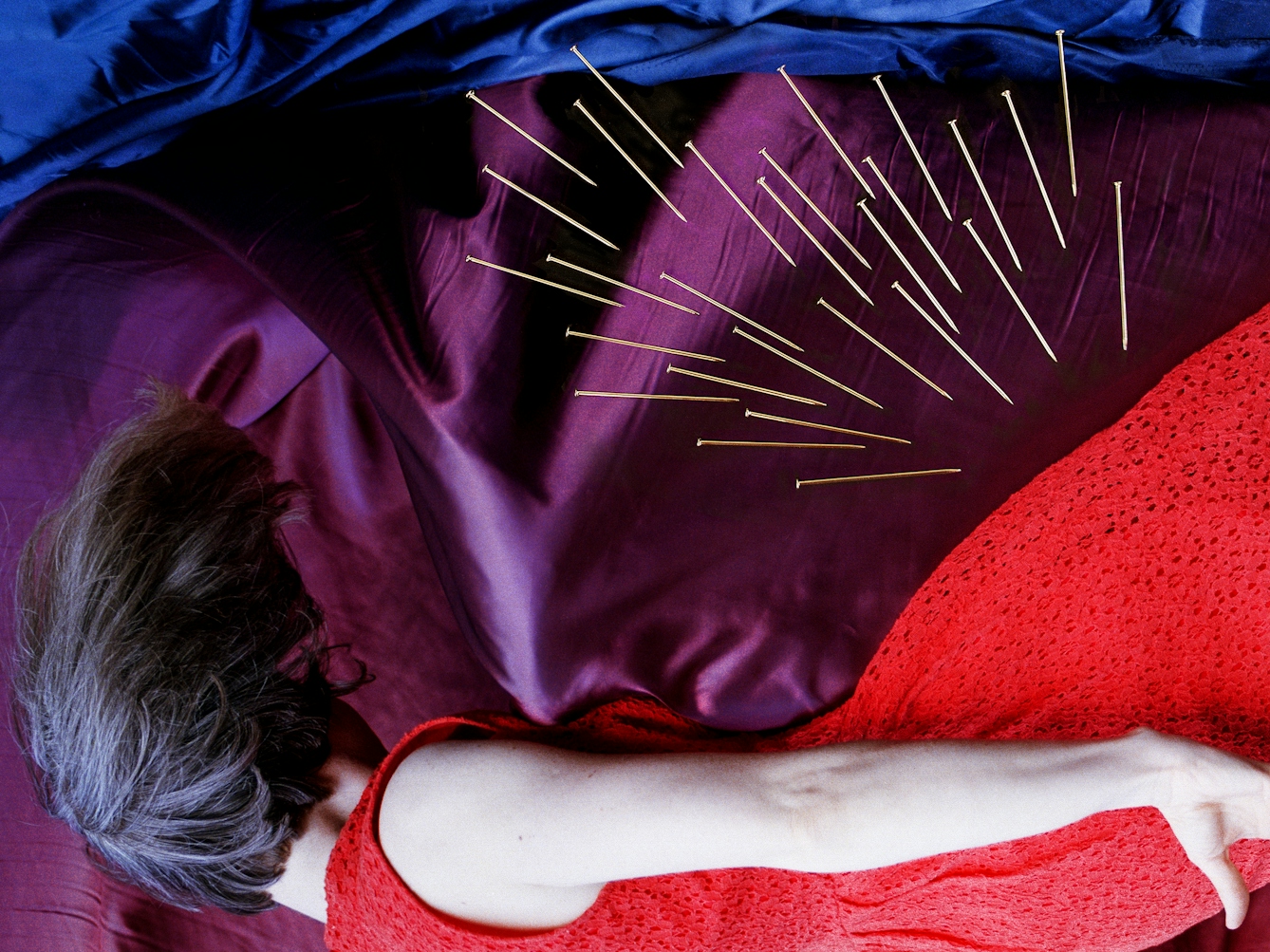
“Violence goes beyond the visible and physical. It can leave its mark in a way that is difficult to trace back.”
Often violence and its consequences are thought to be limited to the physical: punching, stabbing, shooting that results in bodily harm or death. But how about neglecting to meet safety regulations that would have prevented a block of flats from catching fire and killing 72 people? The fear of walking alone through city streets? Your academic ability repeatedly questioned merely because of your accent?
“It is truism to say that everyone knows violence when they see it,” observes the scholar Jacqueline Rose in the opening of her book ‘On Violence and On Violence Against Women’, “but if one thing has become clear over the past decade, it is that the most prevalent, insidious forms of violence are those that cannot be seen.”
Violence goes beyond the visible and physical. It can leave its mark in a way that is difficult to trace back. The World Health Organization (WHO) considers violence to be intentional and likely to result in a number of adverse consequences, ranging from the familiar death to the less familiar maldevelopment. It sees violence – the threatened or actual use of physical force or power – as indirectly responsible for long-term health problems and early death, as many victims take up lifestyle habits that can harm them, or even others, in order to cope with the psychological aftermath.
Pursuing violence
My reaction to ‘Minor Feelings’ is revealing. And in that first lockdown, where time was freed from its usual markers, the book compelled me to think of the ways violence emerges and deforms those exposed to it. Few people are unmarked by violence. The news each day announced the latest Covid-19 infection and death figures alongside what we apparently demand to be regularly exposed to: briefs on who was killed, abused or attacked by whom.
Maybe violence is just who we are. If so, how do we envision and bring forth a better world if violence is intrinsic to us?
About the contributors
Laura Bui
Laura Bui teaches and researches crime and violence at the University of Manchester. Her research on these topics has appeared in academic journals and also in places like the literary anthology ‘Test Signal’, where she explored grief and the paranormal; the non-fiction journal ‘Tolka’, where she questioned what a (criminal) psychopath is really for; and BBC Radio 4, where she raised the questions we should really be asking about true crime.
Jessa Fairbrother
Jessa Fairbrother is a visual artist using photography, performance and stitch. Her long-term investigations revolve around subjects of yearning and the porous body. Her work is held in numerous private and public collections worldwide, including Tate Britain, the V&A, the Yale Center for British Art and the Museum of Fine Art, Houston. Her work is represented by the Photographers’ Gallery, London and AnzenbergerGallery, Vienna. She is also a QEST (Queen Elizabeth Scholarship Trust) scholar.

